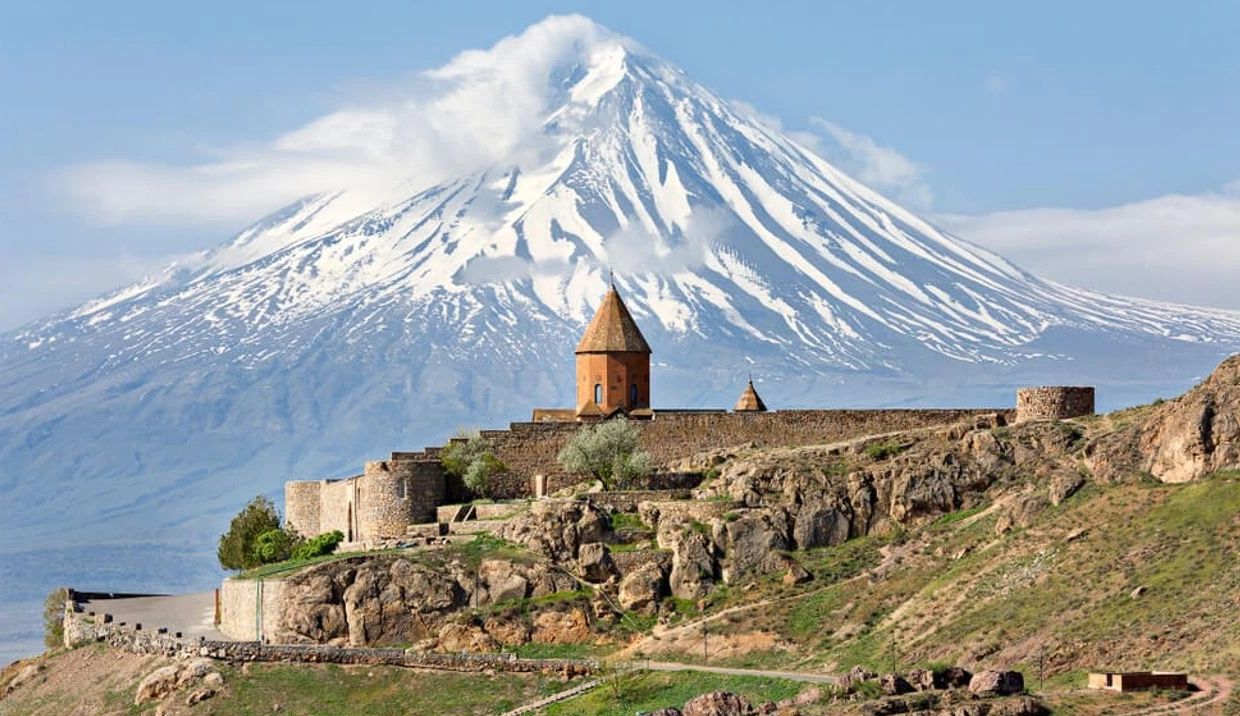Turkey’s magnificent mountains and forests are mostly undeveloped, existing as wonderful natural preserves for an extraordinary variety of wildlife, flora and fauna. Two of Turkey’s most famous peaks are volcanoes, both inactive, Mt. Erciyes in Kayseri in Central Anatolia (3917 m) and Mt. Agri (Mt. Ararat 5137 m) in the East. Other well-known mountain ranges are the Rize Kackar (3932 m) in the Eastern Black Sea region, Nigde Aladag (3756 m) in the Central Taurus range, and the Cilo and Sat Mountains (4136 m) near Hakkari in the Eastern Taurus.
The mountainous nature of the country has influenced its cultural evolution. For centuries, nomads and semi-nomadic peoples have migrated annually to the fresh pastures of the higher elevations in the summer. These alpine meadows, called yayla, still represent a firm tie to traditional culture.
For climbers and those interested in mountain geography, Turkey offers a wealth of exploration. Glaciers, volcanoes, and peculiar geological formations such as kars prove irresistible to researchers and students of geology. The challenging terrain offers great opportunities for aficionados of outdoor sports who find interesting experiences on the mountains of Eastern, Central and Southern Turkey. A list of resources to aid an expedition, at whatever level, is to be found below.
Popular Mountains Of Turkey
The Munzur Mountains,
The Bolkar Mountains,
The Bey Mountains,
The Suphan Mountain,
The Nemrut Mountain,
The Mountain Erciyes,
The Toros Mountains,
The Kackar Mountains,
The Cilo Sat Mountains,
The Great Agri Mountain
Popular Climbing Sites
Kackar Mt. Range (The Black Sea), Antalya – Beydaglar (Mediterranean), Mt. Erciyes (Central Anatolia),
Nigde Aladaglar (Central Anatolia), Mt. Ararat (Eastern Anatolia), Mt. Suphan (Eastern Anatolia), Bolkar Mountains (Mediterranean), Mercan (Munzur) Mountains (Easter Anatolia)
Useful Information and Resources on Mountain Tourism and Sport
Ministry of Tourism, Tourist Information Office
Ismet Inonu Bulv. No 5, Ankara
General Directorate of Youth and Sports (Mountaineering Federation) Ulus, Ankara
General Directorate of Youth and Sports (Skiing Federation) Ulus, Ankara
